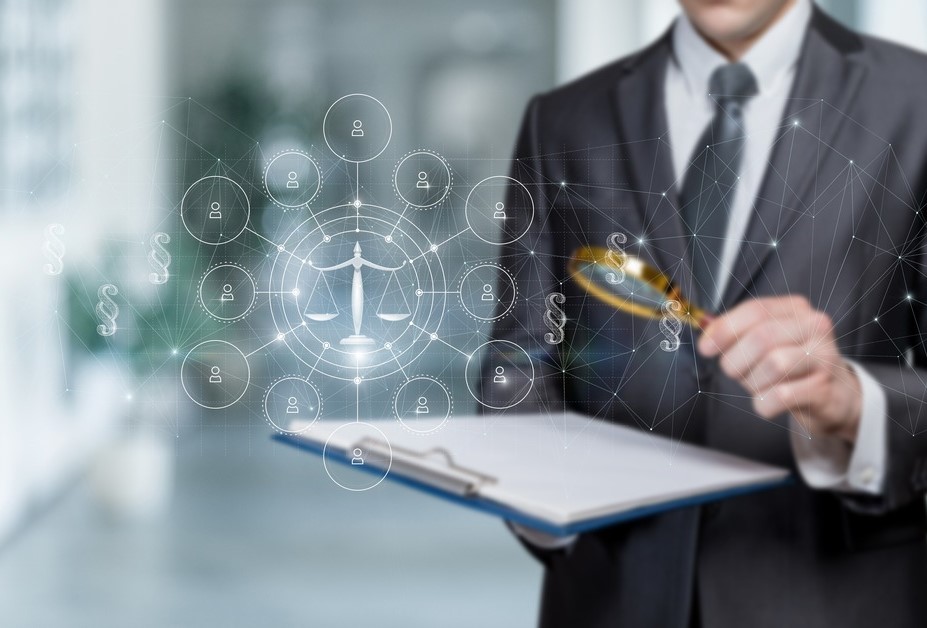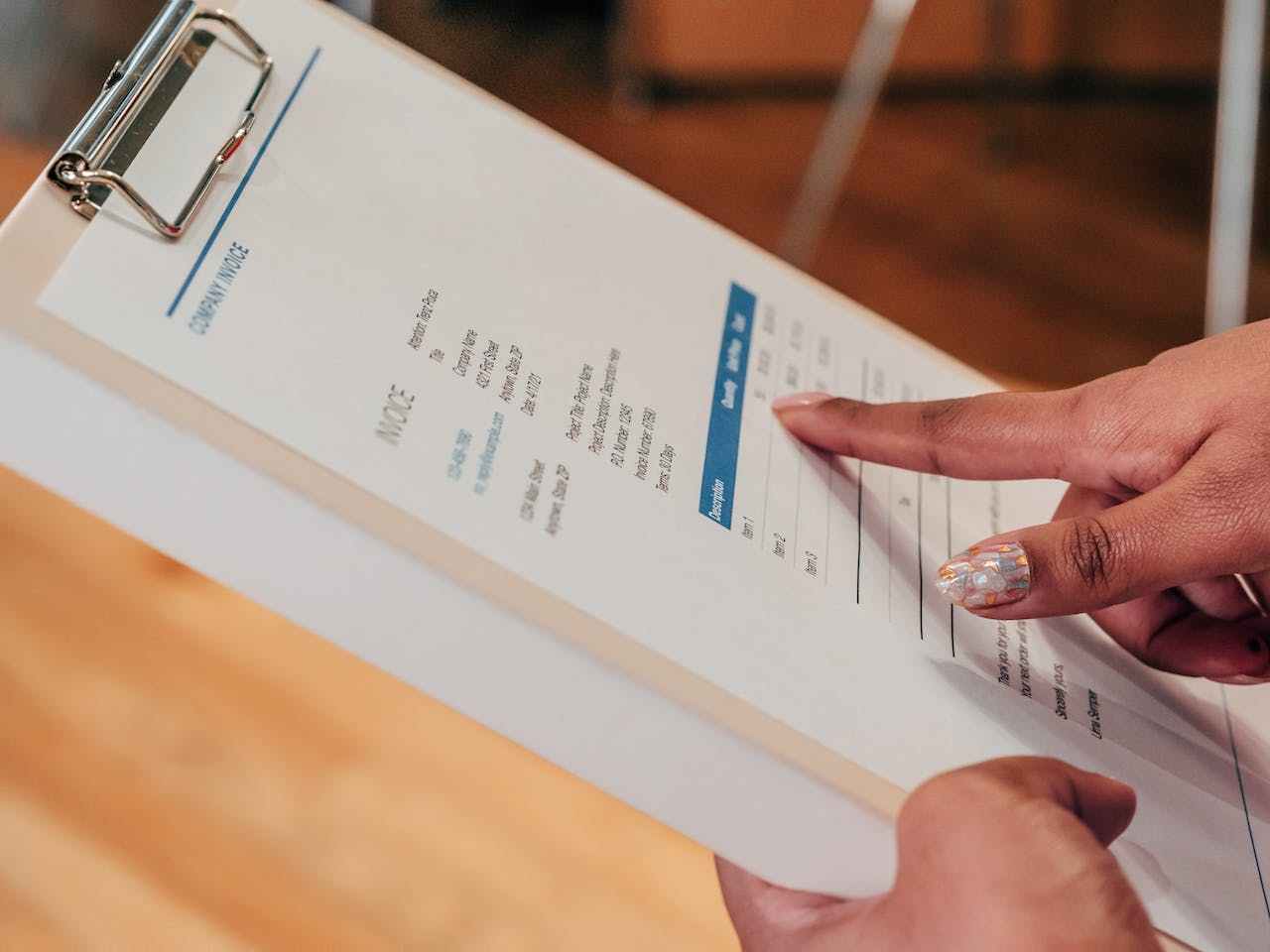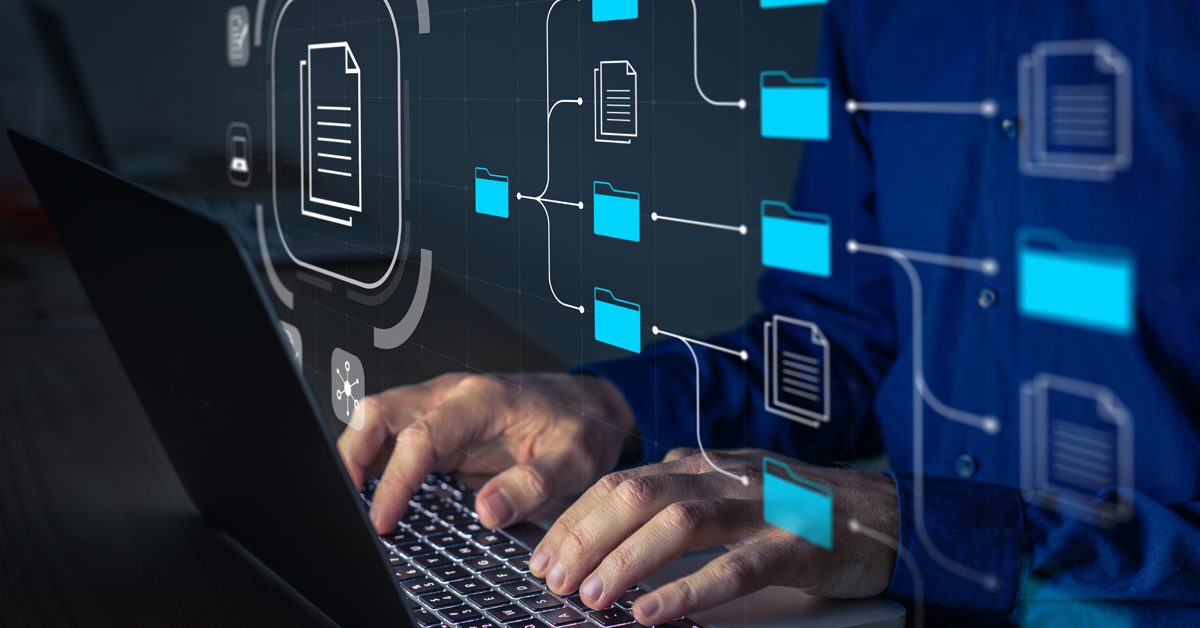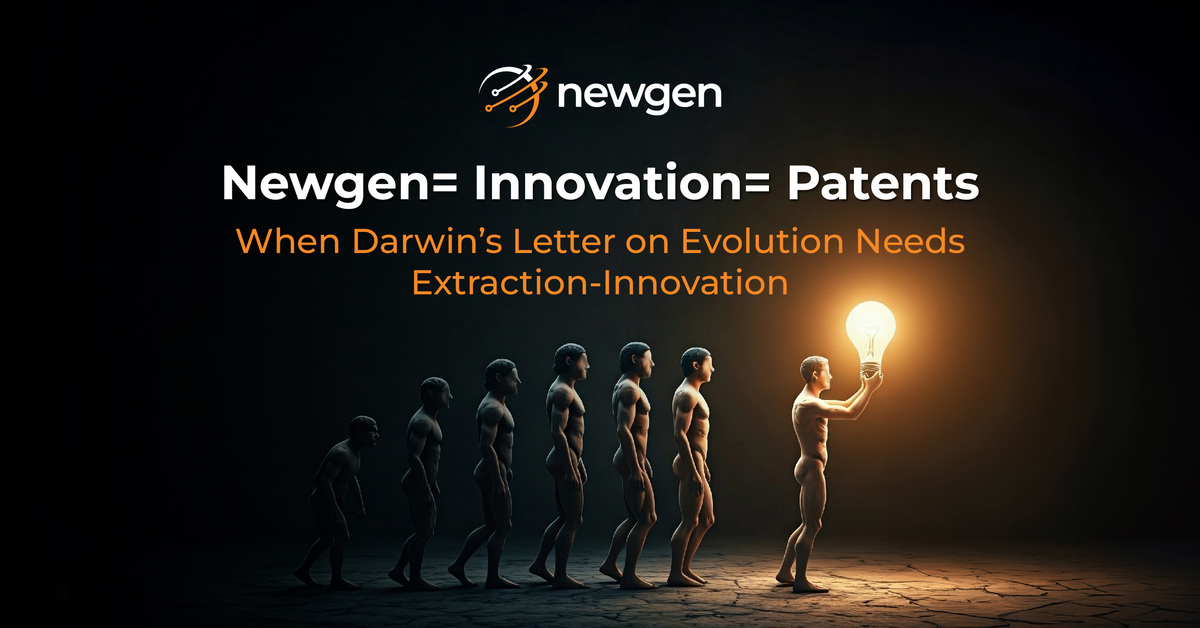We are indebted to Charles Darwin—the father of evolution—for theories that changed the course of humanity. In one of his most famous handwritten letters, he talked about the idea of evolution. Imagine the loss humanity would’ve incurred for not being able to understand and preserve such letters without pathbreaking technology to extract handwritten information.
Though not exactly as priceless as the story of mankind, your signatures on checks worth thousands of dollars are extremely valuable. Failure to decipher the authenticity of the signatures can ruin business deals, especially when the bank relies on an image of the original check.
Just as innovations like voice recognition or face unlock have solved everyday hassles, another lifesaver technology has been working behind the scenes to tackle the challenge of verifying handwritten data—automatic data extraction.
Click here to learn more about data extraction
Cracking the Handwritten Code
Extracting and verifying handwritten information has long been a challenge for businesses. From medical prescriptions to signed agreements, handwriting often lacks consistency and clarity. This becomes even more complex when insurers deal with handwritten medical evidence or financial institutions need to process hundreds of checks, forms, or contracts each day.
This is where automatic data extraction comes into play. Much like how your phone now autocorrects typos in text messages, this technology captures and interprets handwritten text—whether it’s signature on a check or notes on a form—and converts it into data that machines can read and understand.
Tech that Learns on the Job
The best thing about data extraction technology for handwritten documents is that its capability evolves as you use it. Considering there can be endless handwriting styles in various languages, the system ‘learns’ to recognize newer styles. At its core, this technology combines pattern recognition and machine learning to decipher handwriting, providing a level of accuracy that far exceeds manual processes.
It learns from millions of samples, continuously improving its ability to identify and understand different handwriting styles—from neat cursive and blocky letters to chaotic scribbles. And it doesn’t just read the handwriting—it also analyzes and cross-checks the information, flagging any discrepancies for review.
Why It’s Necessary
Let’s take a typical example of check processing. Banks receive millions of checks daily, and verifying the signature on each one is crucial. Before this technology, the process was done manually, which slowed things down and left room for error. Not to mention, the risk of financial fraud loomed large, with a single mismatched signature potentially leading to huge losses. Now, with automatic data extraction, checks are processed faster, errors are reduced drastically, and transactions are more secure than ever.
Newgen’s Role in Driving Innovation
In a world that’s increasingly going digital, handwritten documents are still very much a part of everyday life, from signing contracts to filling out paper applications. Hence, there’s a constant need to translate human handwriting into machine-readable data.
Newgen’s cutting-edge solutions help enterprises and financial institutions effortlessly capture and verify handwritten data. This innovation can remove orientation issues, resize documents, and go beyond common variations to extract and verify signatures.
The next time you sign a document, there’s a good chance that Newgen’s technology saved you from undue stress by ensuring it’s processed and verified in real time.
| Newgen = Innovation = Patents |
|---|
| Patent number: 308375 A Method and System for Automatic Data ExtractionThis invention enables organizations to extract handwritten information from documents. This will help enterprises and financial institutions to easily verify signatures on a check image, thereby facilitating a seamless check-clearing cycle. Inventors: Virender Jeet, Pramod Kumar, Puja Lal, Raju Gupta, Prasad Nemmikanti, Siddharth Chabra |
You might be interested in



25 Sep, 2025
Transforming Enterprises with Newgen’s Business Process Management Software

